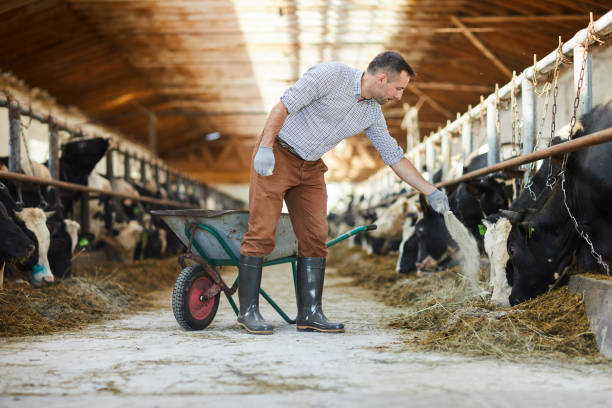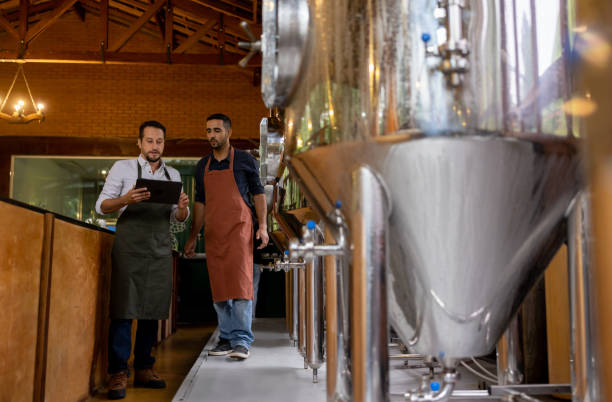- Advertisements -
Requirements
- Animal Knowledge: A solid understanding of the behavior, needs, and health considerations of the specific livestock being cared for.
- Physical Fitness: The ability to handle physically demanding tasks, including lifting, carrying, and managing large animals.
- Communication Skills: Effective communication with farm owners, veterinarians, and other team members is crucial for successful livestock care.
- Problem-Solving: The capacity to identify and address issues promptly, such as recognizing signs of illness or resolving conflicts among animals.
- Basic Veterinary Skills: Knowledge of basic veterinary care, including administering medications and recognizing common health issues.
- Organization: The ability to manage feeding schedules, maintain records, and keep track of essential information related to livestock care.
- Compassion: A caring attitude towards animals and a commitment to their well-being.
- Adaptability: Flexibility to work in various weather conditions and adapt to changes in daily routines or unexpected situations.
- Safety Consciousness: Awareness of safety protocols to ensure both personal safety and the well-being of the animals.
- Experience: Previous experience in animal care or farming can be beneficial, although some positions may offer on-the-job training.
Task
- Feeding Routine: Ensure animals receive the correct amount and type of feed according to their nutritional requirements.
- Water Management: Provide a continuous and clean water supply for the livestock.
- Health Checks: Regularly inspect animals for signs of illness, injury, or abnormalities, and take appropriate action.
- Shelter Maintenance: Keep animal shelters clean, well-maintained, and suitable for the prevailing weather conditions.
- Record-Keeping: Maintain accurate records of feeding schedules, health observations, and any other relevant information.
- Breeding Support: Assist with breeding activities, monitor pregnancies, and care for newborn animals.
- Cleaning and Sanitation: Maintain cleanliness in and around animal enclosures to prevent disease and ensure a healthy environment.
- Handling Procedures: Safely handle and restrain animals for tasks like veterinary care, vaccinations, or transportation.
- Emergency Response: Respond promptly to emergencies, such as injuries or unexpected situations, to ensure the safety of the animals.
- Communication: Communicate effectively with farm owners, veterinarians, and other team members regarding the well-being and needs of the livestock.
FOLLOW TO START APPLICATION
🌍How ready are you?
Thanks for subscribing!






